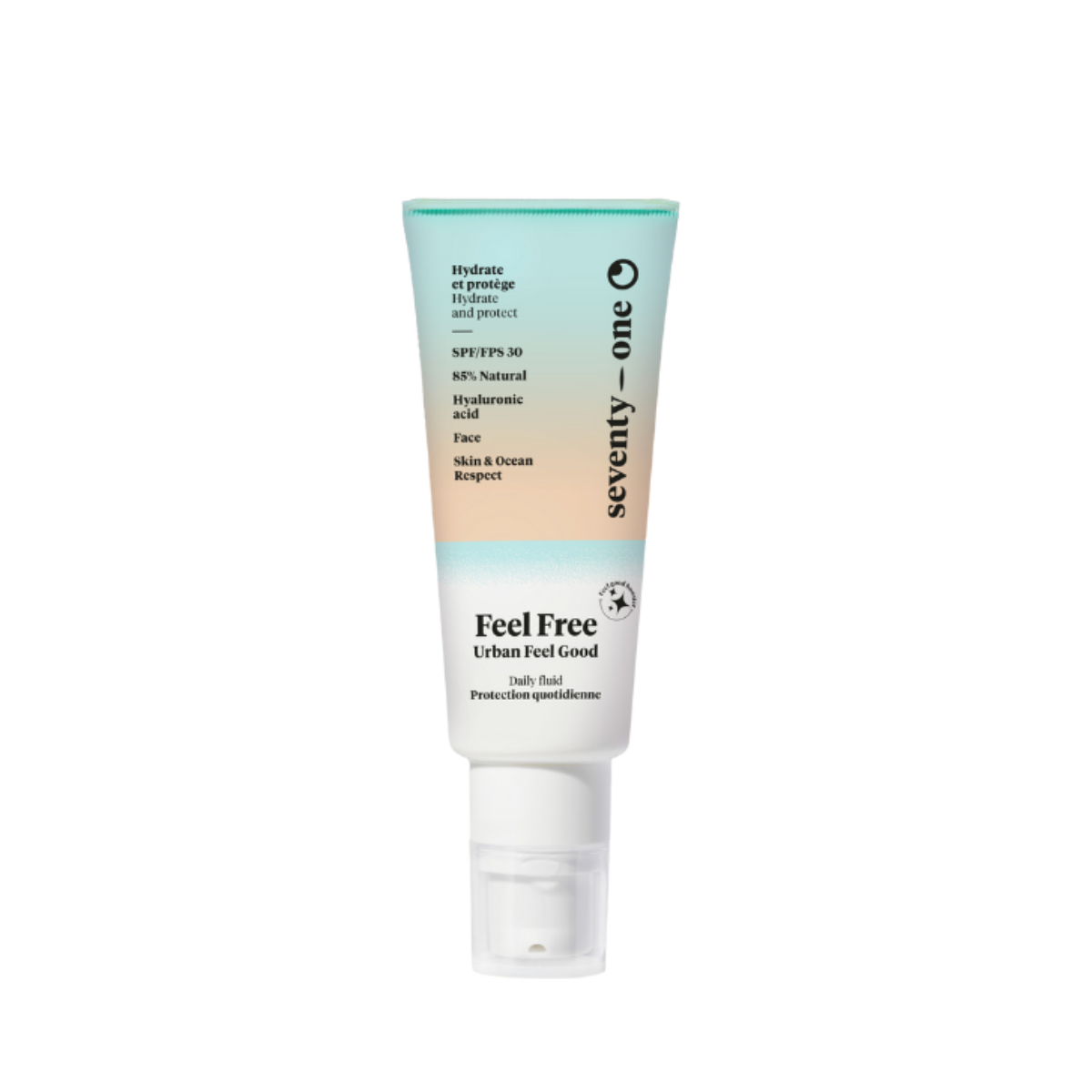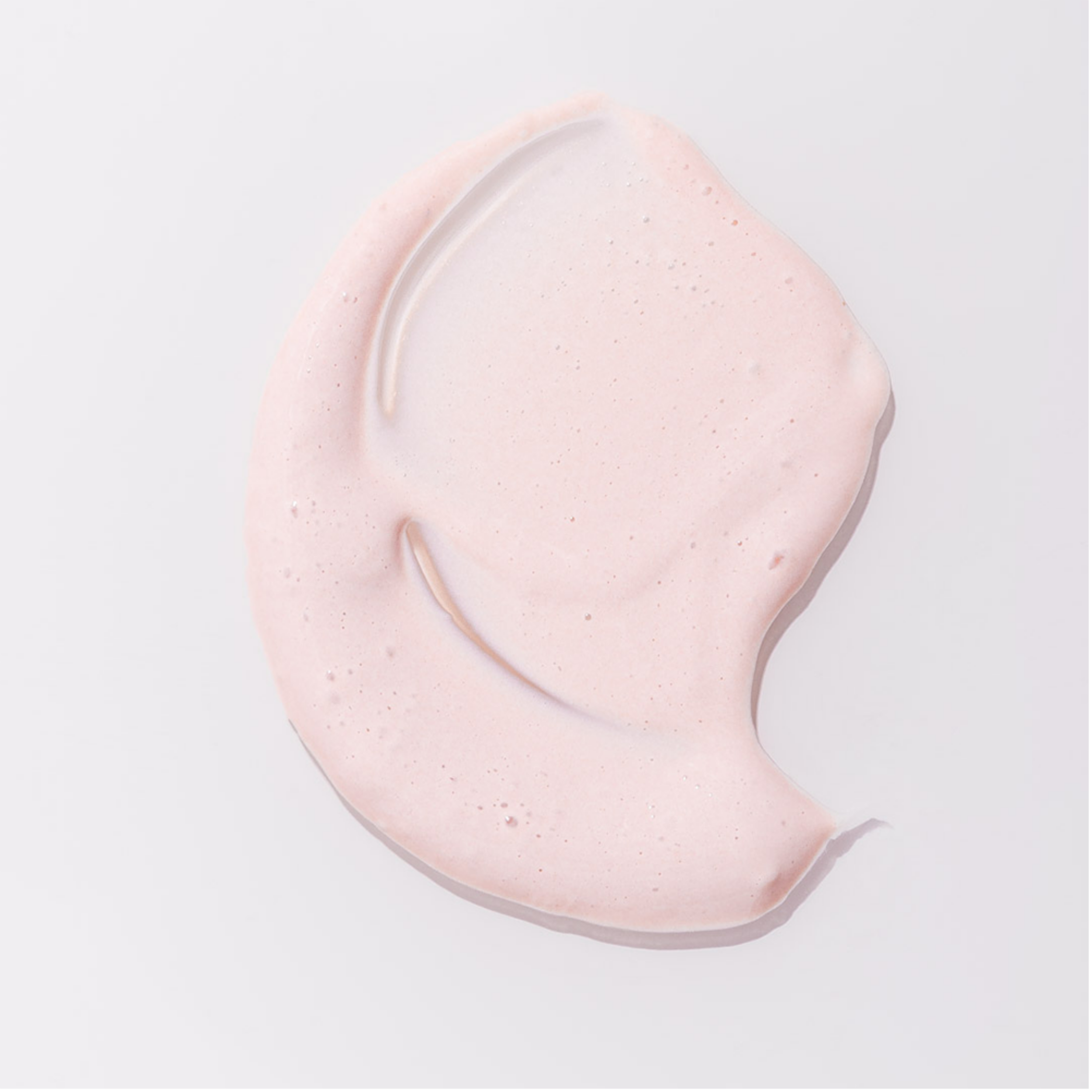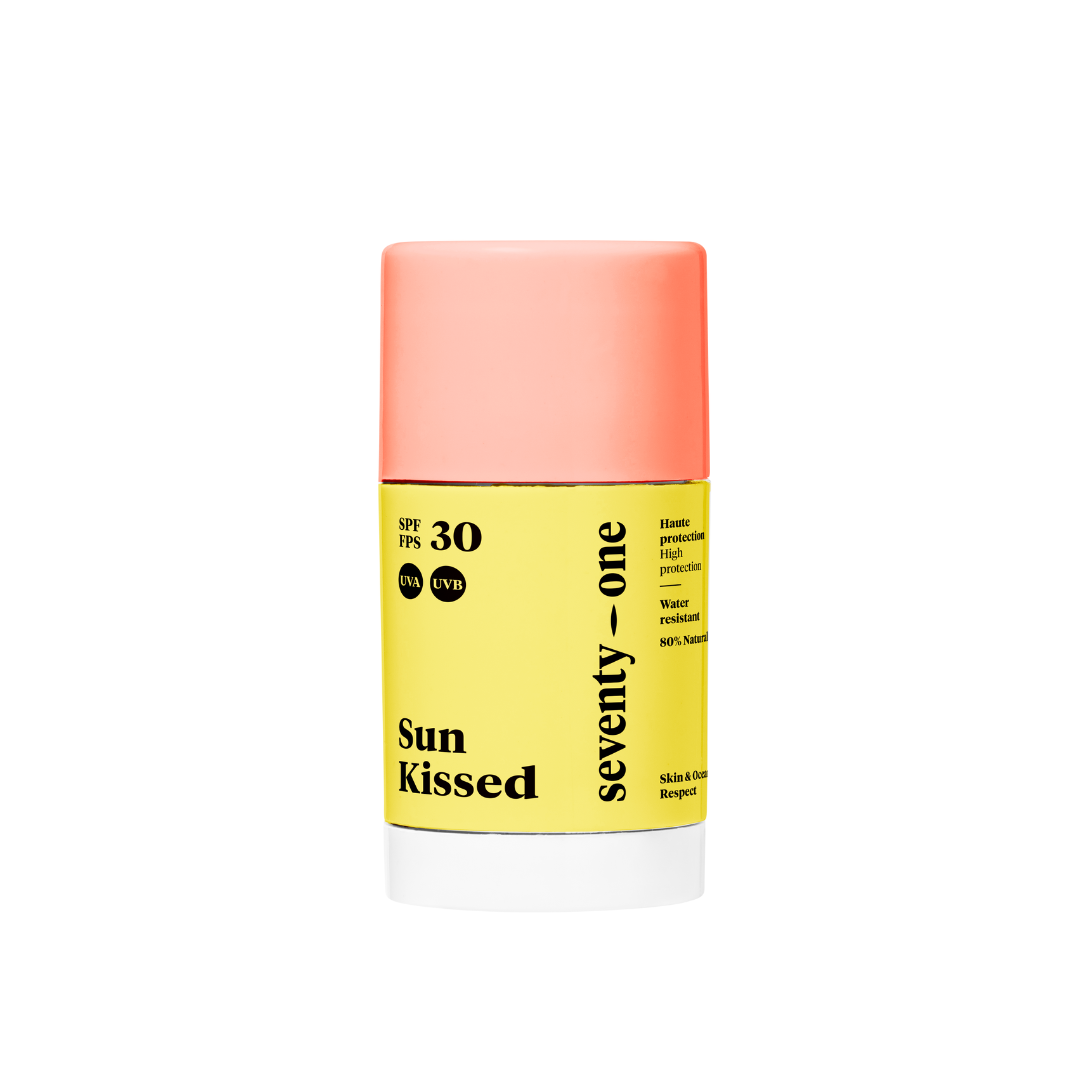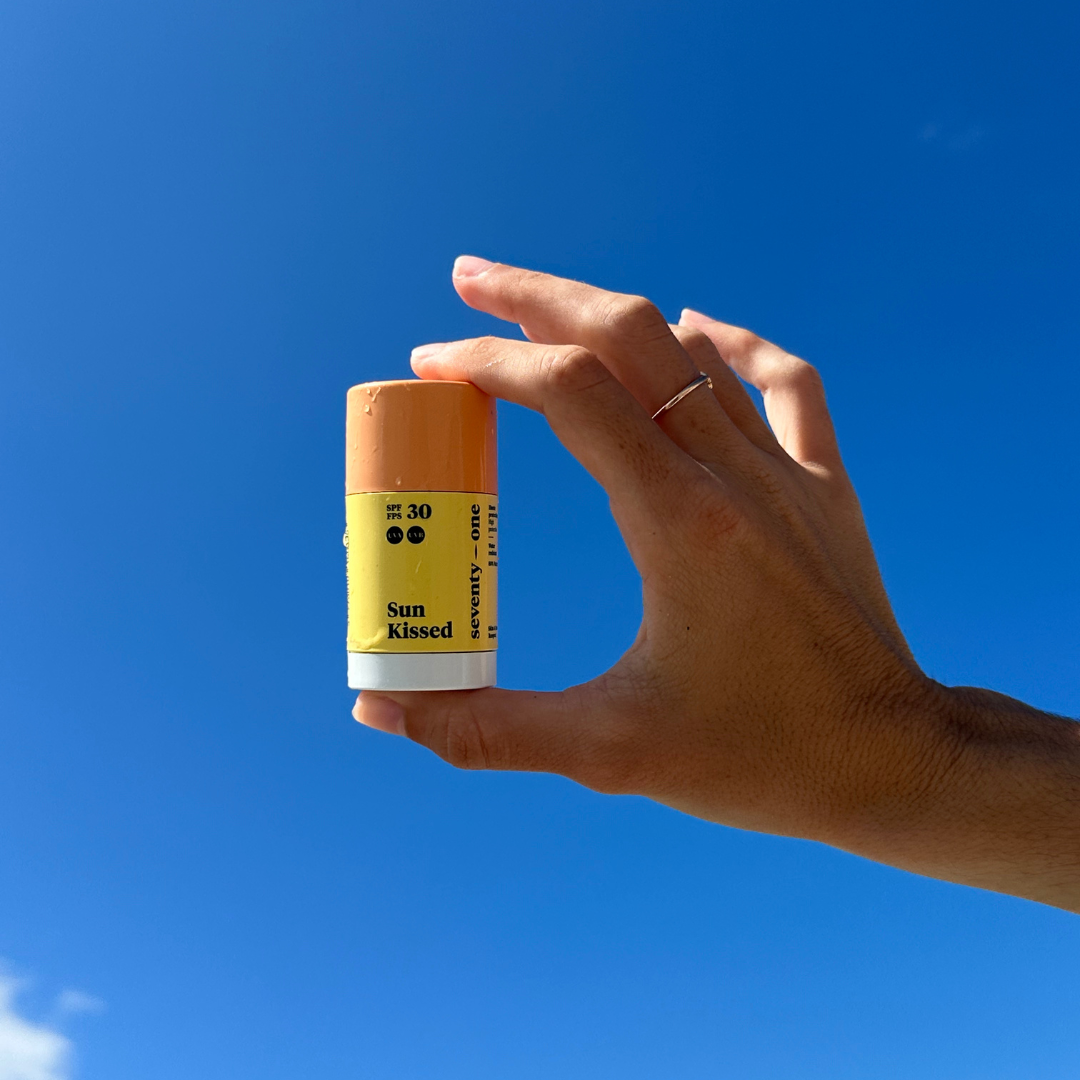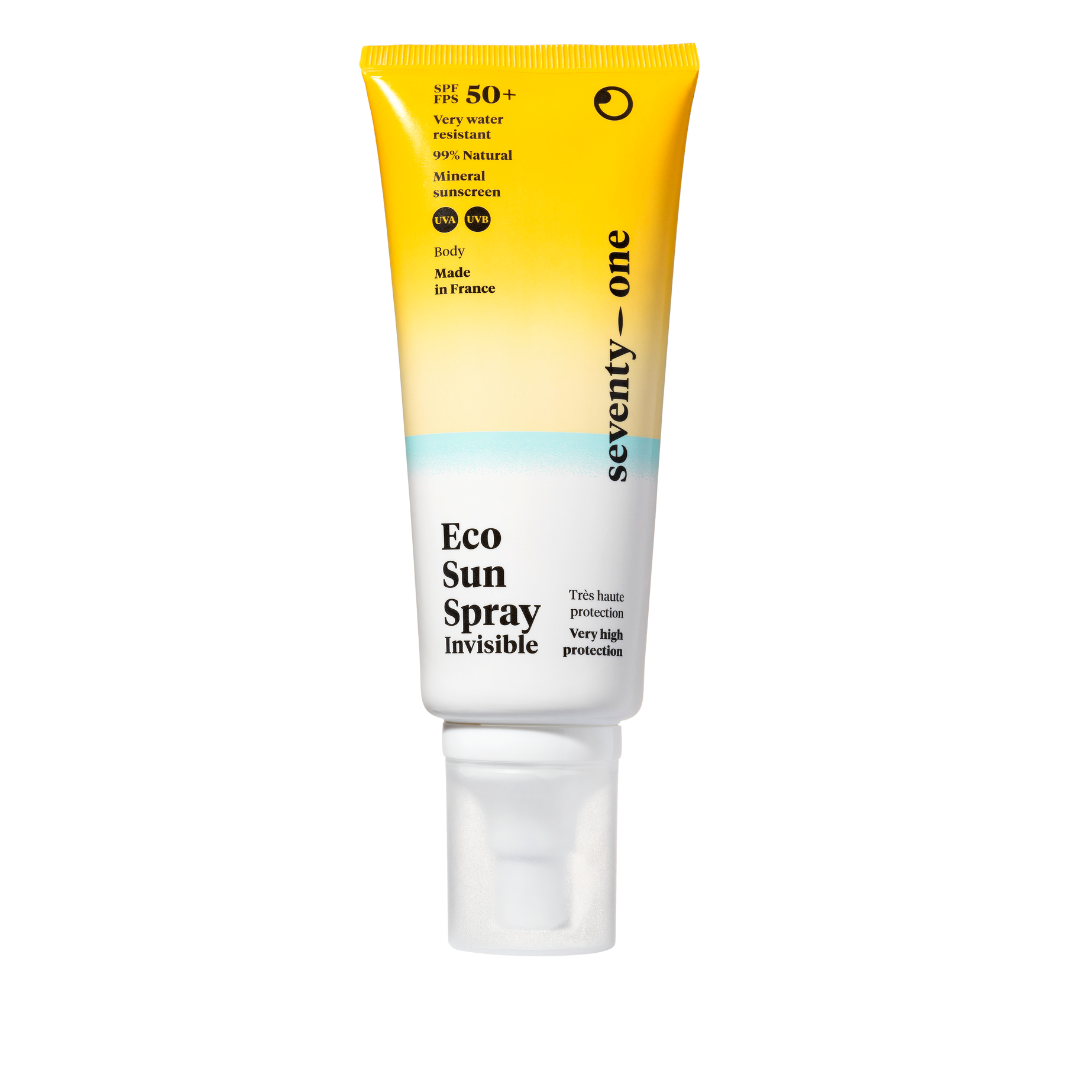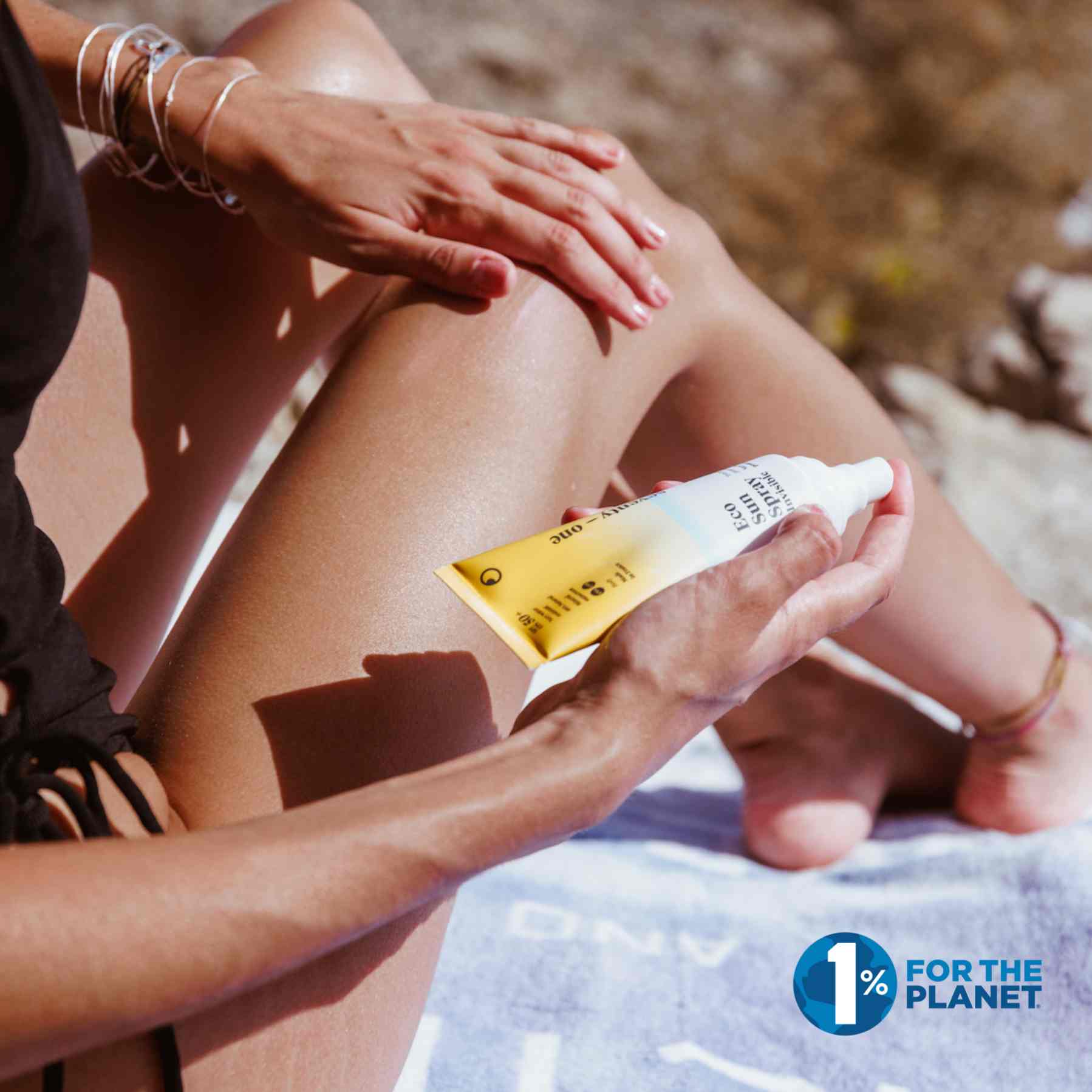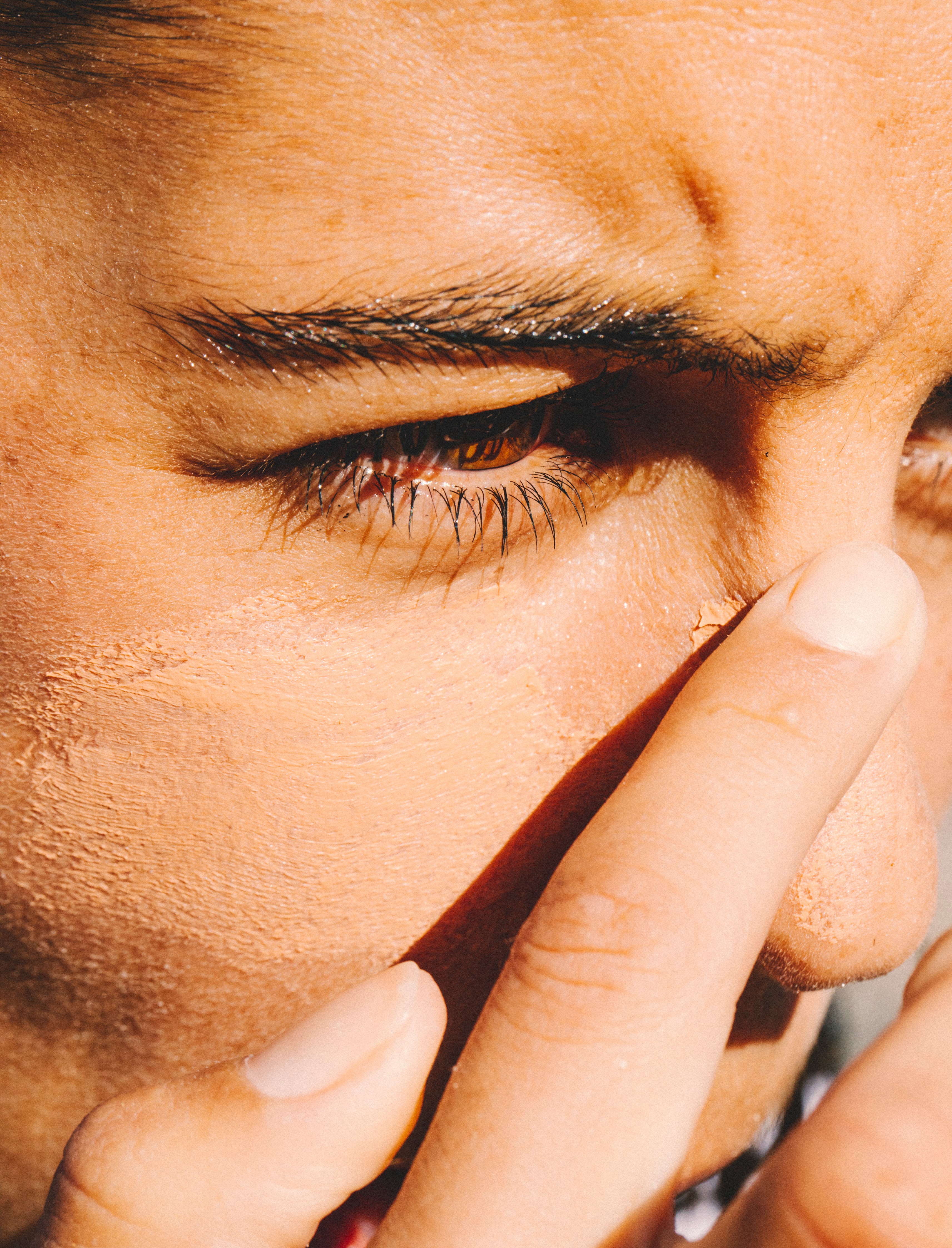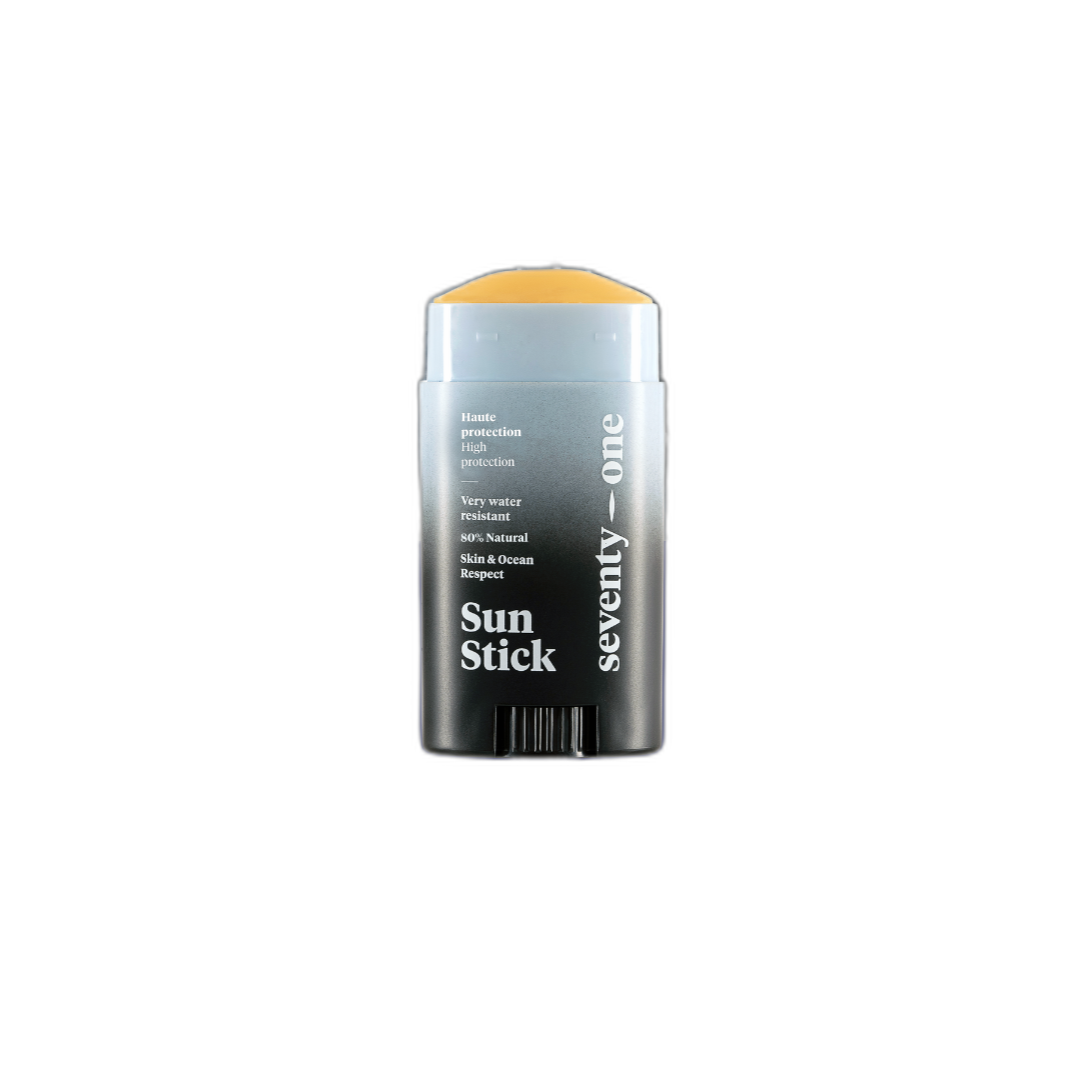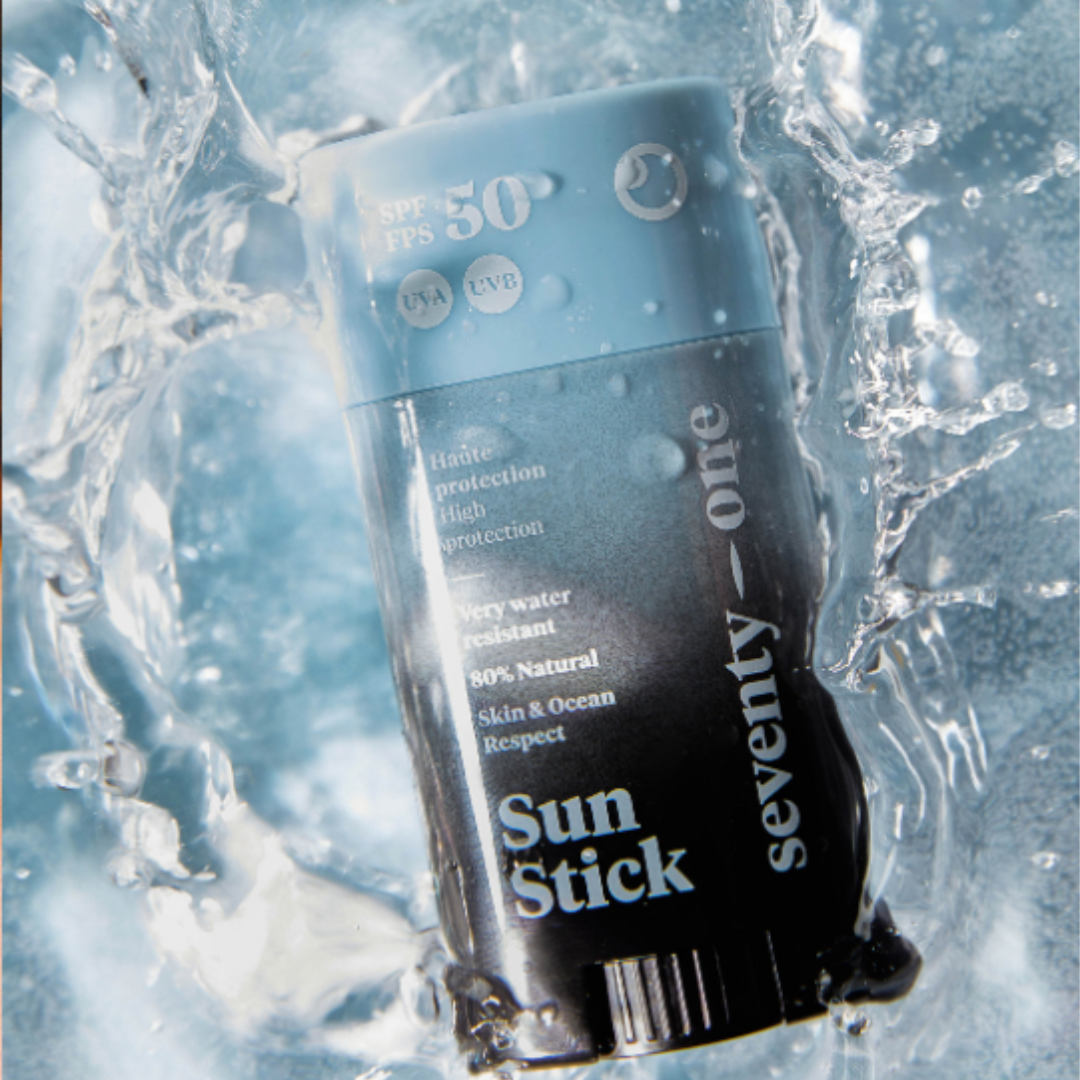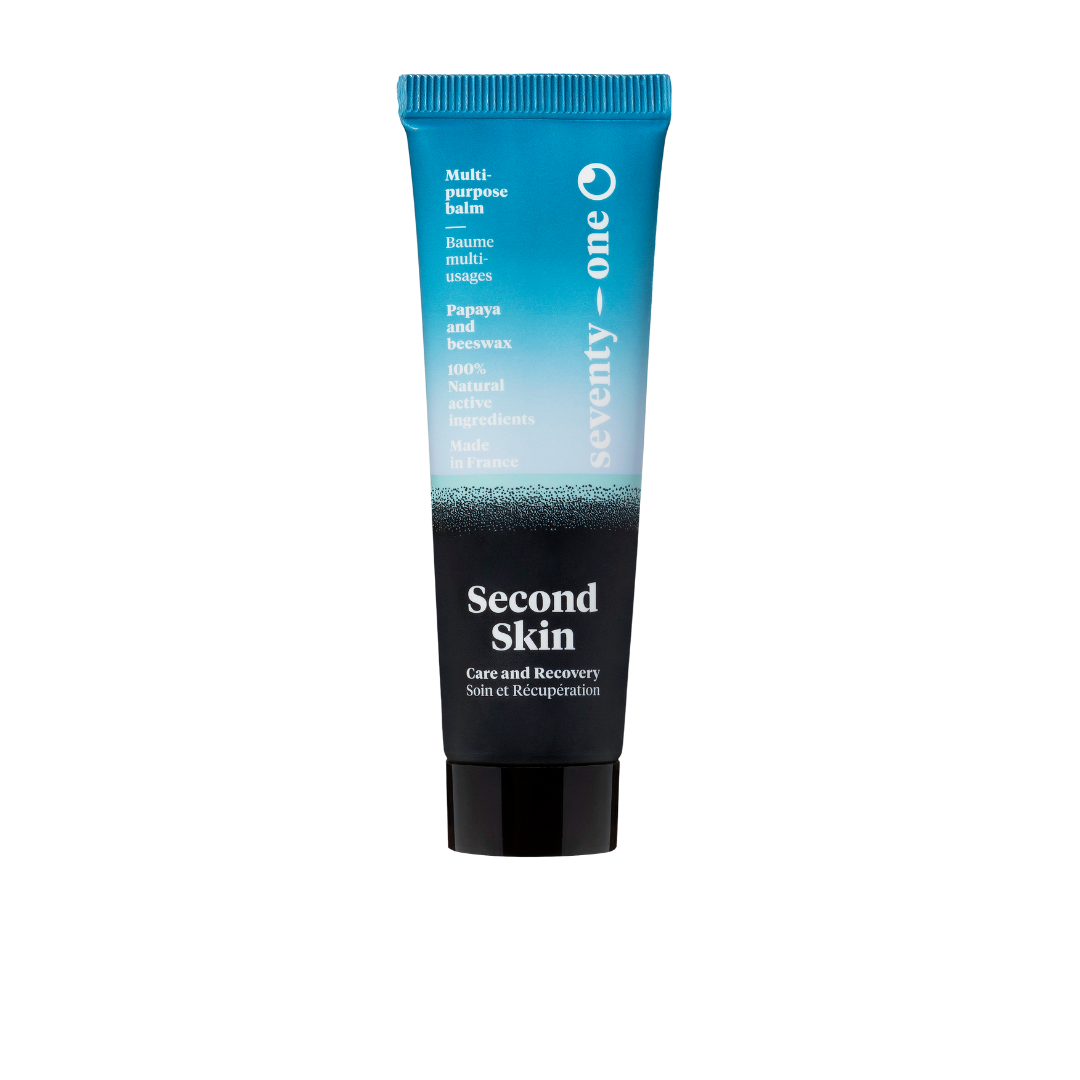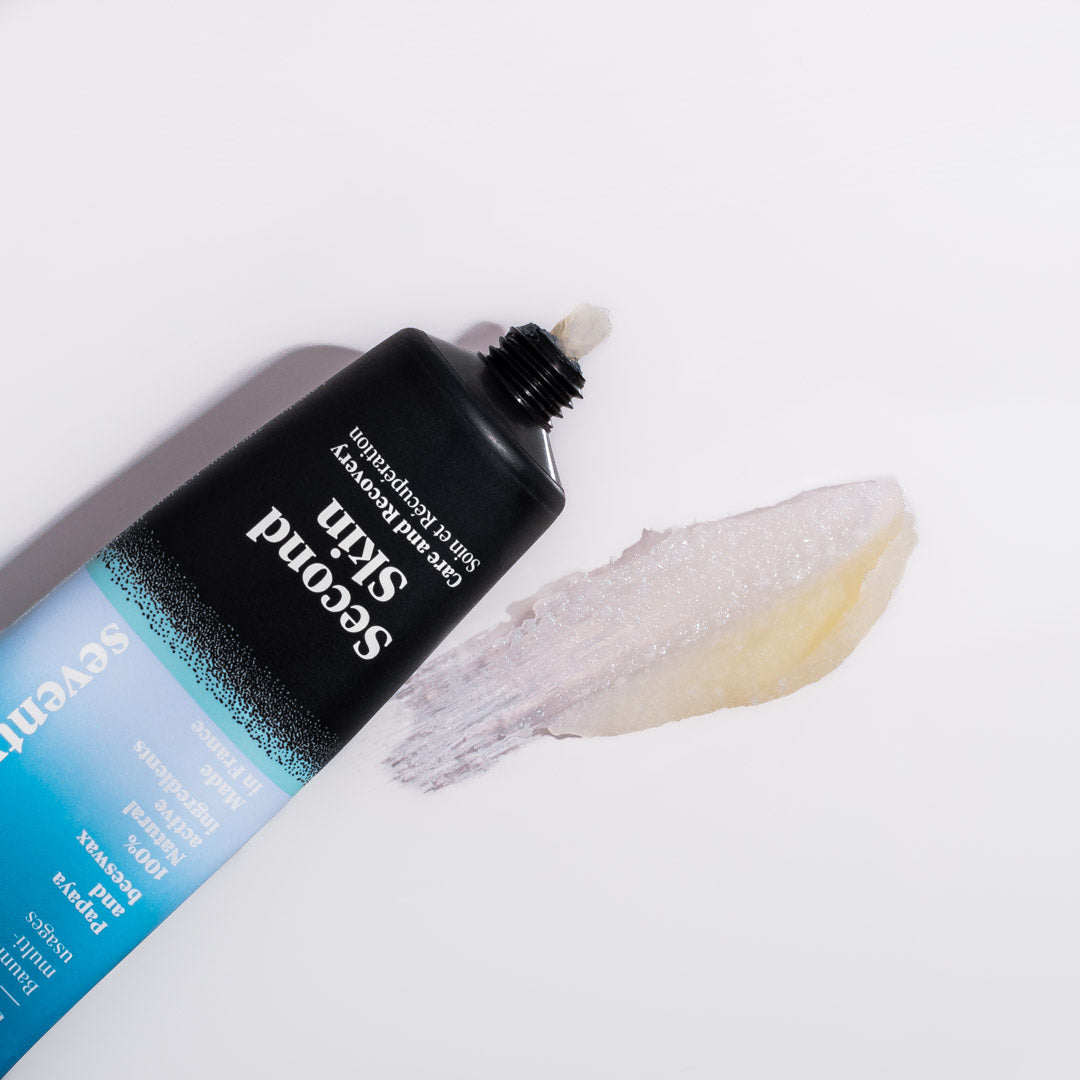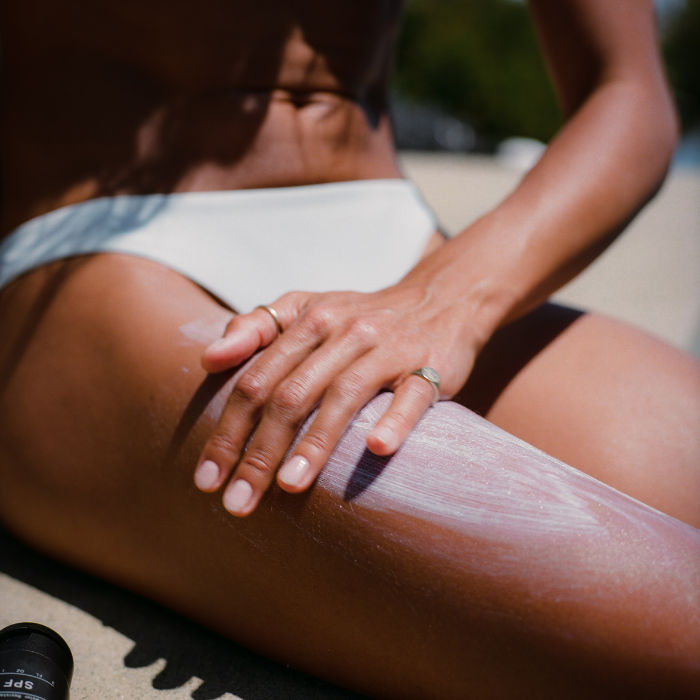
What is safe SPF?
For a products that's meant to protect us, SPF isn't always that safe. From damaging coral life, to causing irritations on our skin, we think it's time to start practising safe SPF.
55% of Latvians between the ages of 18 and 74 do not use sunscreen when exposed to the sun.
We want to change that. We believe staying safe doesn't have to be boring, and it definitely doesn't have to mean compromising on ingredient safety or environmental impact. Safe SPF means safer ingredients, safer skin, safer planet and safer seas. Whatever your skin type or needs, we will help you to find sun protection that's safe for you, and our planet.
- Always free from oxybenzone & octinoxate
- Wide range of gentle, mineral formulas
- Gentle on sensitive skin
- Always planet-conscious
- 100% plastic-free options
Difference Between Mineral and Chemical Sunscreen
Key differences between mineral and chemical sunscreens.
Mineral sunscreen:
- Contains active mineral ingredients like zinc oxide or titanium dioxide.
- Creates a physical barrier on the skin, reflecting and scattering UV rays.
- Provides broad-spectrum protection against UVA and UVB rays.
- Less likely to cause irritation or allergic reactions, making it suitable for sensitive skin.
- Generally considered reef-safe and environmentally friendly.
Chemical sunscreen:
- Contains active chemical ingredients like avobenzone, octisalate, or oxybenzone.
- Works by absorbing UV rays and converting them into heat, which is released from the skin.
- Provides broad-spectrum protection against UVA and UVB rays.
- Often transparent upon application and easier to blend into the skin.
- Some individuals with sensitive skin may experience irritation or allergic reactions to certain chemical ingredients.
- Concerns exist regarding the environmental impact of certain chemical sunscreen ingredients, particularly oxybenzone, which has been linked to coral reef damage.
Mineral sunscreens are less likely to cause skin irritation or allergic reactions, making them suitable for sensitive skin types. Additionally, they are considered reef-safe and environmentally friendly, as they don't contain chemicals that have been associated with coral reef damage.
Benefits of Chemical Sunscreen
No white cast
Chemical sunscreens tend to be more transparent upon application, making them easier to blend into the skin without leaving a white cast.
Lightweight Feel
Due to their formulation, chemical sunscreens often have a lighter consistency, providing a weightless feel on the skin, which can be preferable for those who dislike the sensation of heavier products.
Ease of Reapplication
Their lightweight texture and easy absorption make chemical sunscreens convenient for reapplication throughout the day, especially for individuals who engage in outdoor activities or spend extended periods in the sun.
Variety of Formulations
Chemical sunscreens come in various formulations, including lotions, creams, sprays, and gels, providing options to suit different preferences and lifestyles.
Benefits of Mineral Sunscreen
Gentle on Sensitive Skin
Mineral sunscreens create a physical barrier on the skin, making them less likely to cause irritation or allergic reactions, which is particularly beneficial for those with sensitive skin.
Reef-Safe and Environmentally Friendly
Mineral sunscreens typically contain ingredients like zinc oxide or titanium dioxide, which are considered reef-safe and environmentally friendly, making them a preferred choice for eco-conscious consumers concerned about the impact of sunscreen chemicals on marine ecosystems.
Broad-Spectrum Protection
Mineral sunscreens offer broad-spectrum protection against both UVA and UVB rays by reflecting and scattering the sun's rays away from the skin, providing effective sun protection for various outdoor activities.
Longer Lasting
The physical barrier created by mineral sunscreens tends to be more stable and less prone to degradation upon exposure to sunlight, offering longer-lasting protection compared to some chemical sunscreens that may require more frequent reapplication.
Suitable for All Ages
Mineral sunscreens are generally considered safe for use on all ages, including infants and children, making them a versatile option for families looking for a single sunscreen product to meet the needs of everyone.
Ingredient safety
Mineral sunscreens are often a better option for those concerned about prolonged exposure to chemical ingredients.
How to Tell If a Sunscreen Is Mineral or Chemical
Start by looking at the ingredients on the label. Mineral sunscreens usually contain zinc oxide or titanium dioxide, whereas chemical sunscreens will often feature ingredients like avobenzone, octinoxate or oxybenzone. Additionally, you should be able to tell by testing the product on your hand. Mineral sunscreens will often leave a slightly tinted residue on skin whereas chemical formulations are more transparent.
MUUSE Lifestyle store Natural Sunscreens
Whichever type of sunscreen you decide is right for you, the most important thing is that you're wearing it. Beyond that, we'd always recommend considering ingredient safety and environmental impact where possible. The good news is that by shopping at Muuse, you can be confident that all our sunscreens are safe, natural and conscious of environmental impact (we only ever stock reef safe sunscreens). Here are some of our bestsellers to get you started.
- Seventy one percent Feel free fluid - SPF 30 FACE
- Seventy one percent sun stick SPF50
- Seventy one percent sun dry oil SPF30 - 100ml

